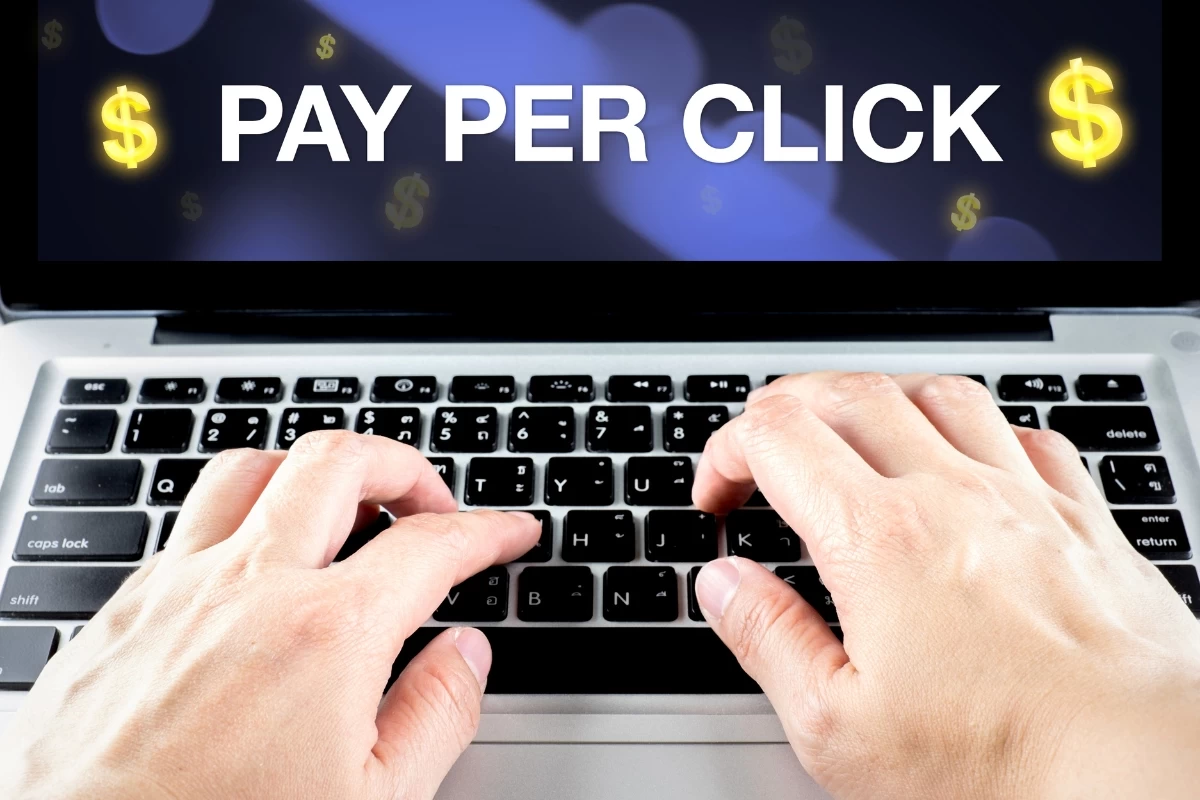
Overview
PPC (Pay-Per-Click) advertising is a digital marketing model that allows businesses to create, manage, and optimize paid campaigns across platforms like Google Ads, Bing, and social media networks. It helps brands generate targeted traffic, drive conversions, and maximize return on ad spend (ROAS) through strategic bidding and ad placement.
There are various types of PPC tools and platforms available—from cloud-based solutions to advanced AI-driven systems that integrate seamlessly with analytics, CRM, and marketing automation tools.
Modern PPC platforms offer user-friendly dashboards for managing multiple campaigns and ad accounts. They also support plugins, data integrations, and APIs to enable advanced automation, performance tracking, and custom reporting.
Key Features of PPC Platforms
PPC tools typically include:
-
Campaign creation and ad management across multiple channels
-
Real-time bidding and budget control
-
Advanced audience targeting and keyword management
-
Performance tracking, A/B testing, and reporting dashboards
-
Role-based access and multi-user collaboration
-
Scalability across different markets and campaign sizes
-
Support for multilingual and regional ad variations
Goal
The primary goal of PPC advertising is to drive qualified traffic to a website or landing page by paying for ad placements. With proper management, businesses can improve visibility, reach the right audience at the right time, and optimize their campaigns for better ROI.